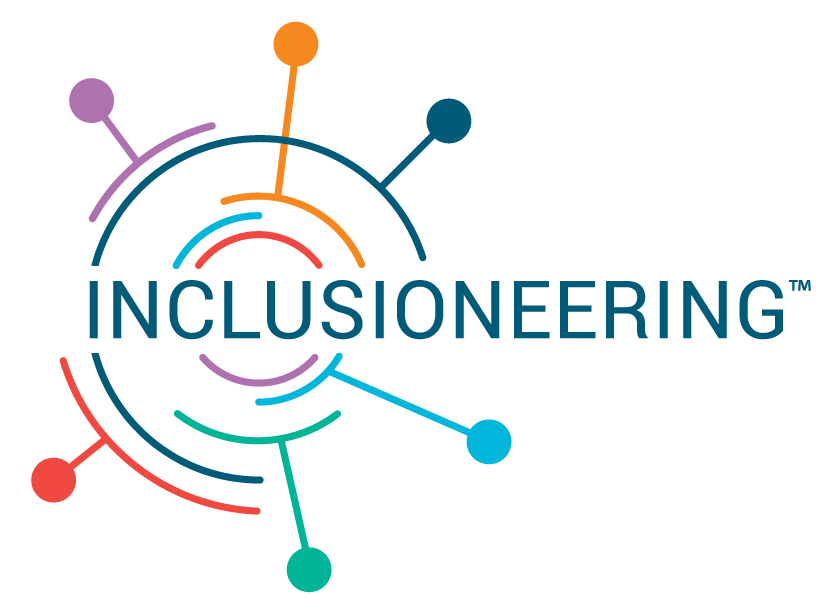👀Here’s how it happens, what to be aware of, and how we need to manage all types of algorithmic decision making.
Back early in my career, I was settling in to a senior software engineer role at a new organisation when they put our entire team at risk of redundancy. HR shared that they would be using a decision making tool that assessed the way we’d used leave – favouring people who took it as long chunks, rather than small pieces. This was meant to correspond to productivity, somehow.
I suffer from migraines, and can lose up to 2-3 days per month being ill – usually resulting in single days off. I was terrified of what that meant for my chances.
But this wasn’t just me. There are myriad other reasons this algorithm could discriminate, impacting people who
💊Need to manage their health considering long term illness or disability
🤗 Care for children, parents and other dependents
🙏 Celebrate religious festivals that aren’t observed by the dominant culture
I give credit to my then employer for their transparency in the process, and swift rectification when alerted to the issue.
❓But what happens when we automate these processes?
⚠️ Automation both speeds them up and scales them out. They happen faster, and at greater scale.
⚠️ And we may lose transparency and cut out the human in the loop that oversees them.
It’s important we carefully examine processes with algorithmic decision making – any that follow a strict set of rules – for embedded bias, automated or otherwise.
PLUS Always be sure to
✅ Be transparent
✅ Keep oversight and assign accountability
✅ Make sure decisions can be explained
✅ Have a process to raise concerns
Especially post-covid, with greater flexibility in our work patterns – are you certain that flexibility that’s enabled and encouraged in one way isn’t punished by some other process or system?
